The Bete Israel monastery of Amba Gualit
- Verena Krebs, Bar Kribus
- 9. Aug. 2016
- 4 Min. Lesezeit
In Ethiopia, the way we typically perceive Jews and Christians is challenged: Ethiopian Orthodox Christians circumcise their sons on the eighth day of their lives, observe biblical dietary laws and consider Saturday a holy day. Ethiopian Jews, known as the Beta Israel, pray in the a liturgical language shared by the Christians, Ge'ez, and their religion was shaped and led by a monastic order.
In December 2015, JewsEast members Verena Krebs and Bar Kribus went on a field trip to Ethiopia, the aim of which was to lay the foundations for a survey aimed at locating and studying the remains of the Beta Israel monasteries: Hopefully, a number of field trips will be conducted to the areas in which the Beta Israel monasteries were situated. Using information gathered from written sources and from interviews conducted with the Beta Israel community, and complimented by information provided by the inhabitants of these areas, the JewsEast team attempted to locate Beta Israel monasteries and study their remains. By better understanding the form and characteristics of these monasteries, and by gathering more information on the way of life of the monks from the Beta Israel and their former Ethiopian neighbors, the team seeks to better understand the characteristics of Beta Israel monasticism. By comparing these characteristics with those of Christian Ethiopian monasticism, it will be possible to better understand how the institute of monasticism was molded to serve the Ethiopian Jews.
During the trip, Verena and Bar, together with Semira Mohammad of Addis Ababa University, were able to visit Amba Gualit, a village that was once home to several of the Beta Israel. In this village, Abba Barok Adhanan, a former Beta Israel monk who lived during the late nineteenth and early twentieth century, and who, following a dream, renounced his monasticism and became one of the most important Beta Israel priests, resided. Several of his descendants currently serve as Beta Israel priests in Israel. A nineteenth-century missionary account implies that Beta Israel monks used to live in this village, and that their place of residence was associated with the synagogue. Therefore, the team hoped to be able to find out whether a Beta Israel monastery truly existed in the village, and if so, with the help of the people living in the village, to locate its remains.
When the team arrived, it was greeted by some of the people living in the village, and taken to see some of the Beta-Israel-related sites there. These included the Beta Israel cemetery, where the tomb of Abba Barok Adhanan himself was located, and a Beta Israel holy site. This site, situated at the top of a hill overlooking the surrounding area, is set apart from the village and surrounded by an enclosure wall. Within it are the foundations of a circular structure, which the villagers identified as a synagogue. They recounted that the site was a central Beta Israel holy site. Only Beta Israel men were allowed to enter, and the Beta Israel living in the surrounding area would make pilgrimages to it. Could this site be the site of the former Beta Israel monastery? If so, it would be the first Beta Israel monastery ever to be documented as such and accurately pinpointed on a map in modern scholarship.
How old is the Beta Israel monastic movement, and why, given its uniqueness and centrality, has it been so little studied?
Little is known about the Beta Israel monastic movement, despite the key role it played in the development of the Beta Israel and in sustaining their religion and identity. Beta Israel monks lived a life of purity, prayer and contemplation in monasteries. They trained and consecrated the Beta Israel priests (qesoch), dictated religious law and fought to preserve Beta Israel identity and religion when it was challenged by missionary activities.
The earliest possible reference to a monk who was part of the Beta Israel community is found in a Christian Ethiopian hagiography known as the Gädl (Acts) of Yafqerännä Egzi', a fourteenth-century Ethiopian saint. This work, which may date to the fifteenth or sixteenth century, contains an account of a Christian monk by the name of Qozmos, who, following a dispute with his abbot, joined a group of people who followed "the religion of the Jews" ("Jews" is a term which in Ethiopian literature can also mean deviants from Orthodox Christianity). He wrote the Pentateuch for them, and led them in battle against the Christians.
Beta Israel tradition recognizes Abba Sabra, who traditionally lived during the fifteenth century, as the founder of their monastic movement. Two traditions exist regarding his origin: According to the first, he was a Christian monk who converted to the Beta Israel religion. According to the second, he was a Beta Israel who decided to withdraw from the world and become a monk.
In the late nineteenth and early twentieth centuries, the Beta Israel faced many calamities and challenges: famine, plague, invasions and extensive Christian missionary activity and Western Jewish counter-missionary activity. Their numbers dwindled, and their religious life underwent a transformation, in order to conform more with Orthodox Judaism. As a result, their monastic movement declined. With the Beta Israel mass-immigration to Israel during the late twentieth century, this movement virtually disappeared, and its monasteries were abandoned. At present, aside from the information contained in eyewitness accounts of Westerners who met Beta Israel monks, what we know about the lives of these monks and about their monasteries is based on the oral tradition preserved by the Beta Israel, and on the personal experience of members of the Beta Israel community who interacted with the monks. The location of most of the Beta Israel monasteries, as well as several aspects of the lives of Beta Israel monks remain largely unknown.



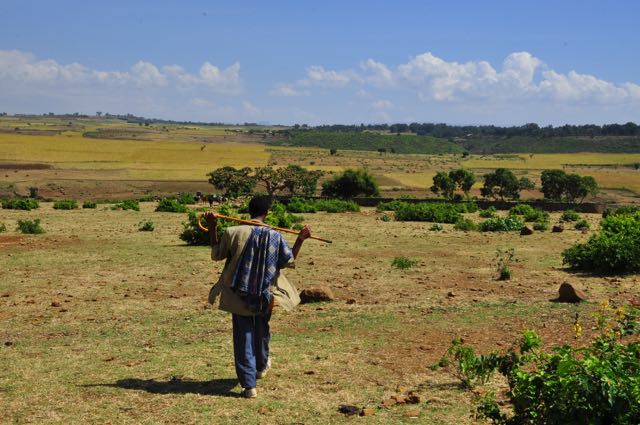

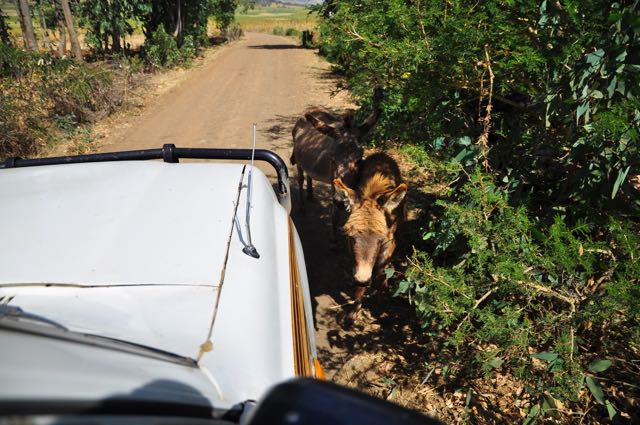



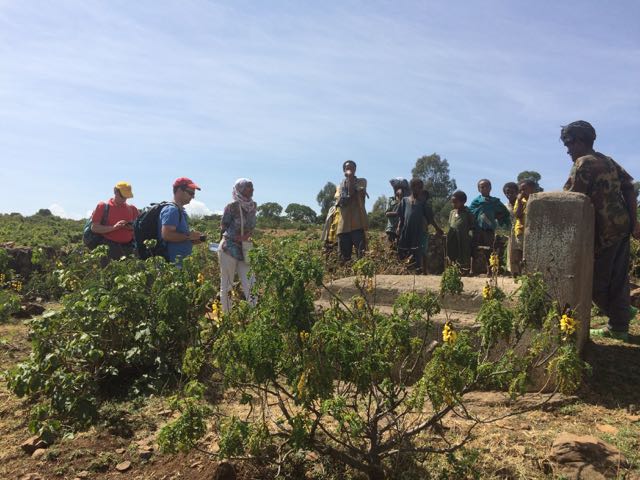



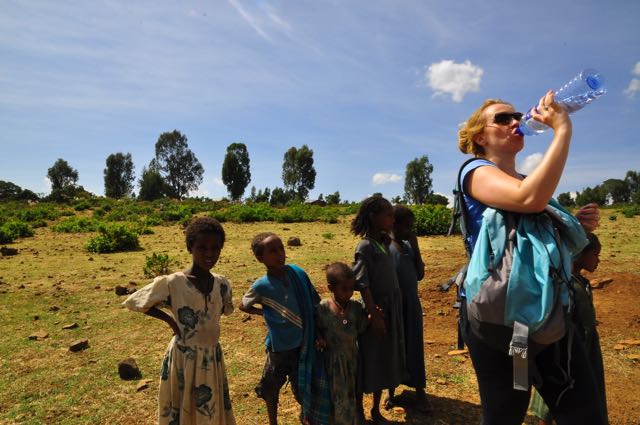



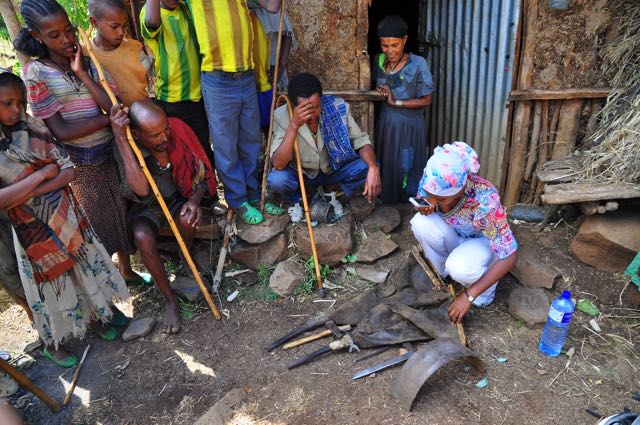

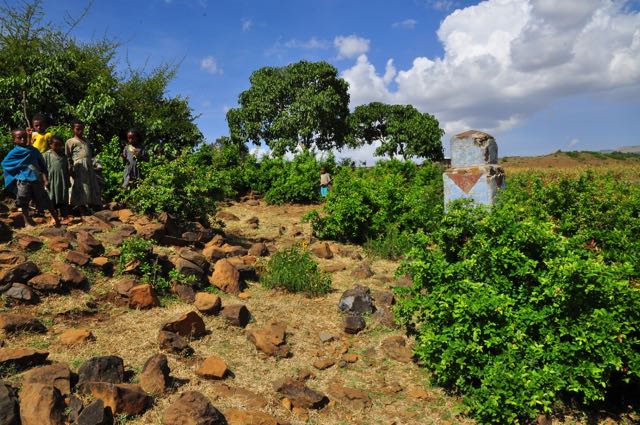

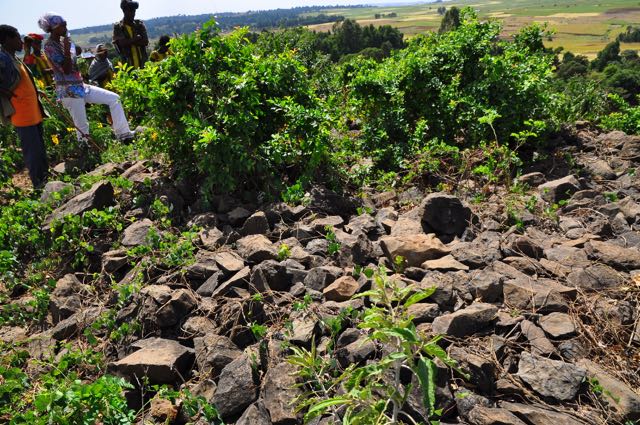





















Comentários